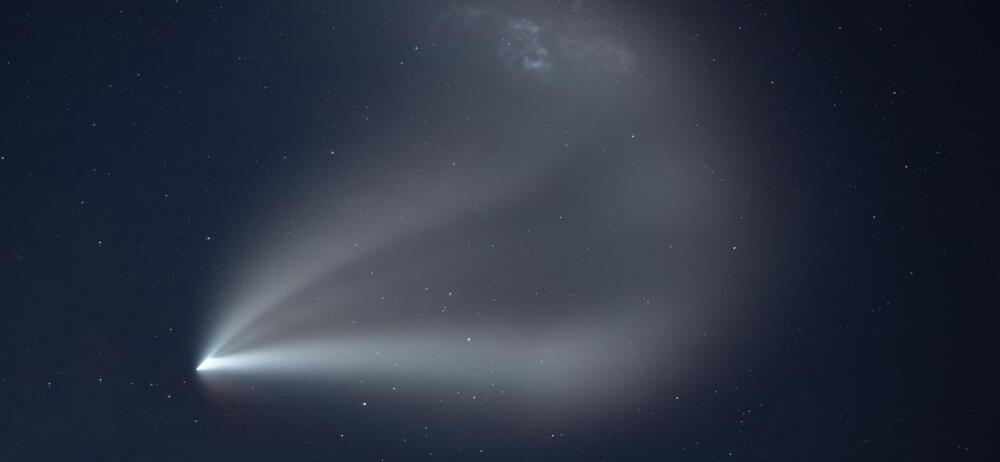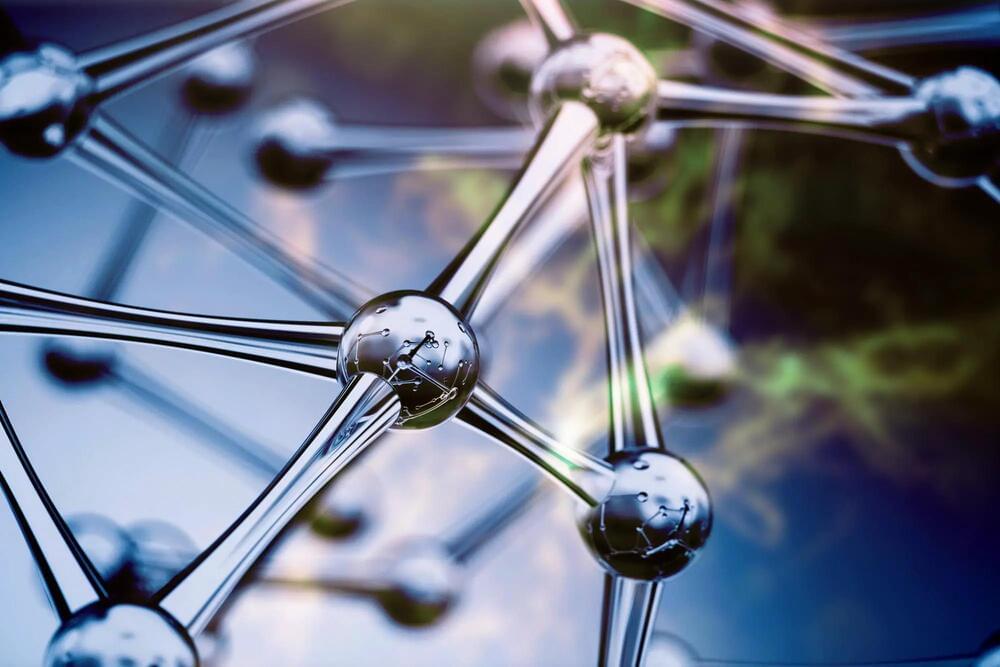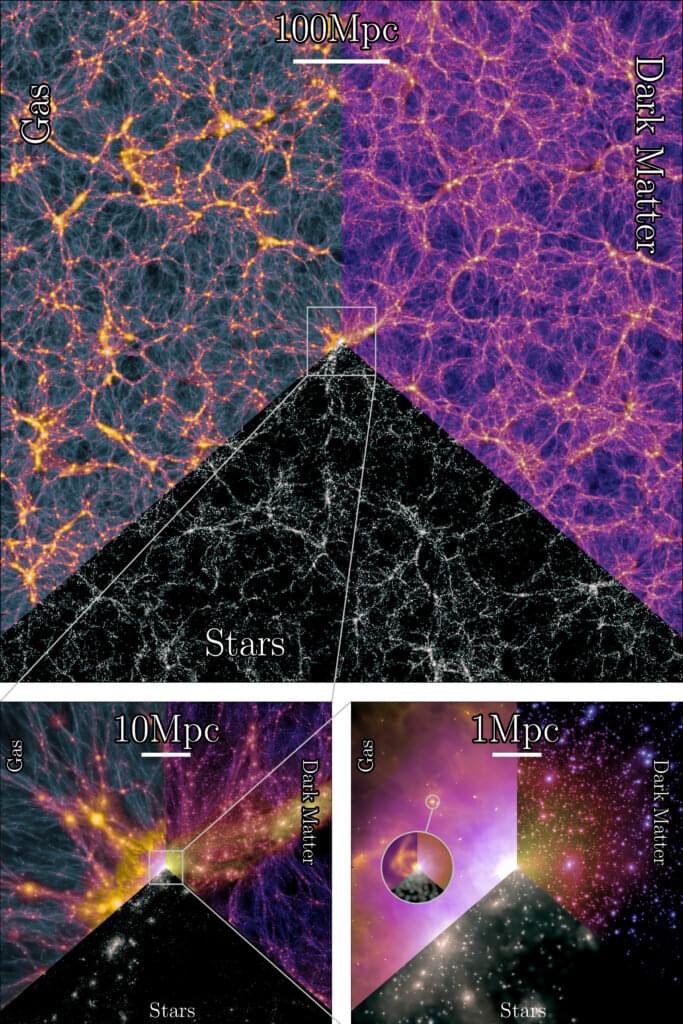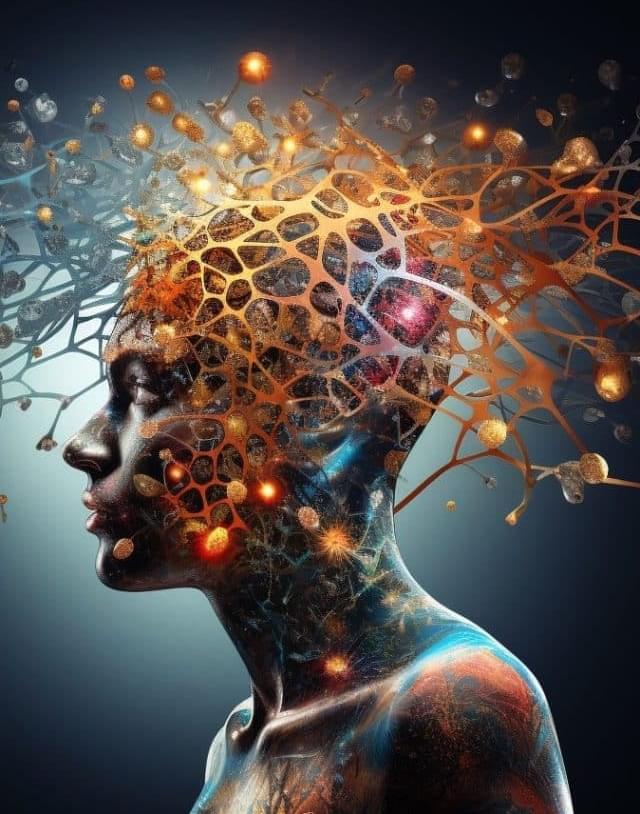Jul 20, 2023
Falcon 9 puts on a show in the Californian skies
Posted by Genevieve Klien in categories: internet, robotics/AI, satellites
Last night at 9:09 p.m. PT (04:09 UTC), SpaceX successfully launched 15 V2 mini Starlink satellites to low Earth orbit from Space Launch Complex 4 East at Vandenberg Space Force Base, California.
Following a last-second aborted launch attempt the previous night, SpaceX teams performed checkouts of the Falcon 9 and determined another attempt to launch the next-gen satellites was good to go. During the previous attempt, the launch was held early in the countdown due to a “perceived leak” in the second stage, then eventually, the automated abort at T-minus 5 seconds.
Liftoff! pic.twitter.com/CzetVZFGbv


















